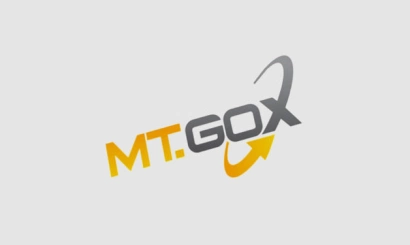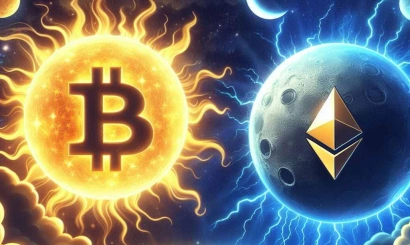How to reduce the likelihood of new "crypto-bubbles. Exchanges have found a way
This came after it became known about reserve problems at the exchange's affiliate Alameda and FTX's misuse of client funds.
Due to the dramatic situation around FTX, many other crypto platforms rushed to make their reserves public. Binance published its hot and cold wallet addresses on November 10 and confirmed $70 billion in assets in various cryptocurrencies. In addition, the platform announced that it will implement a Proof-of-Reserve verification mechanism using the Merkle Tree method.
Following this, several other major cryptocurrency exchanges (KuCoin, Poloniex, Huobi, OKX, Bybit) committed to introduce such asset checks. And the exchange Gate.io reminded that it is in its third year of such audits. In this article, we'll break down what the Merkle Tree is, and how the use of this reserve validation method could affect the cryptocurrency community.
What is Merkle's Tree?
Merkle's Tree is a data construction concept that was patented in 1982 by Berkeley and Stanford graduate Ralph Merkle. This American cryptographer's invention simplified the verification of information in cryptography.
Information about all transactions in a blockchain is hashed: an array of data is converted into a set of letters and numbers of a fixed length using a mathematical algorithm (hash function). For any amount of input data, the hash length will remain the same.
"Leaves" on the Merkle Tree are transaction hashes, followed by inner nodes - hashes that include the results of adding the "leaves". And so on all the way to the root, that is, the hash that includes information from the entire tree.
What is the essence of Merkle's Tree check?
Merkle's tree allows you to efficiently and securely verify the contents of large data structures, says the co-founder of ENCRY Foundation. Moreover, according to the expert, it is used to verify this information and determine its integrity.
The essence of Merkle's Tree verification is to "audit" the state of the blockchain without the need to download it completely, because the algorithm allows to get one hash for many blocks of the blockchain, explained the managing partner of GMT Legal. He explained that this is possible due to the fact that this method does not collect all blocks in their entirety, but only their headers, which include a minimum of necessary data.
On centralized exchanges, users' assets are controlled by the platform itself. Potentially, the exchange could abuse this and use customer funds without their knowledge for its own purposes. As a result, users could face huge risks, ranging from delays in withdrawals to loss of assets due to insolvency of the crypto project.
The inaccessibility of information about the financial situation of exchanges decreases users' trust in them more and more. The publication by crypto exchanges of information about their reserves in the form of Merkle Tree will allow clients to get transparent information about the state of crypto exchanges' reserves, and accordingly, about the security of their assets
What are the advantages of Merkle Tree over other methods
Given that, bitcoin blockchain is about 770,000 blocks and "weighs" 430 GB - Merkle's Tree significantly simplifies the very process of checking the state of the blockchain compared to other methods, says the lawyer. It also makes the information more accessible to users, he says.
You can check the reserves simply by the addresses of the exchanges, because everything is transparent in the blockchain, but sometimes companies don't want to disclose the wallet address and the exact amount of reserves. Therefore, this cryptographic method of confirming ownership of assets would help prove their existence without disclosing the number of coins in possession.
How this will affect the cryptocurrency community
The practice of disclosing reserve information using this method could not only increase user confidence in exchanges. According to him, it will also help reduce the likelihood of new "crypto-bubbles."
The provisions of the bills Lummis-Gillibrand in the U.S. and Mica (Markets in Crypto-Assets) in the European Union directly testify to this, the lawyer said. He reminded that the main objectives of these documents are to form a unified approach to the regulation of cryptocurrencies and the formation of unified standards for the protection of users̆.

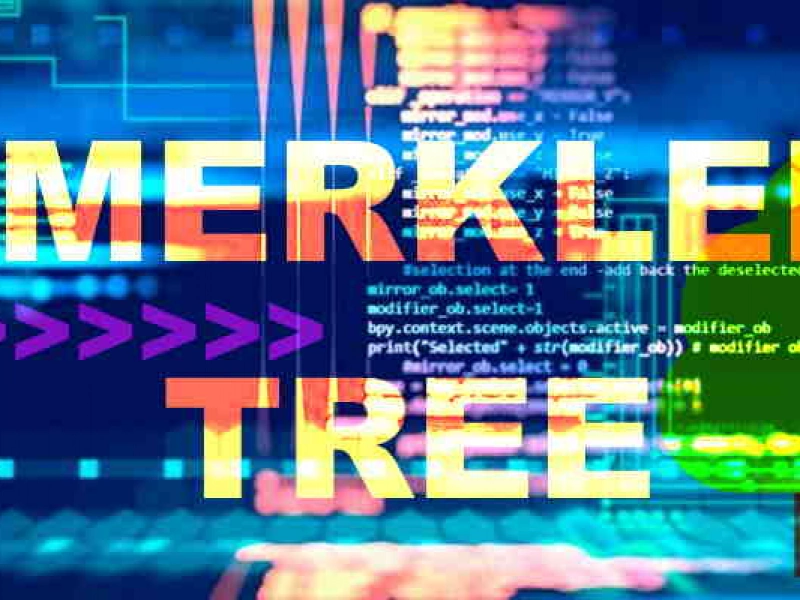
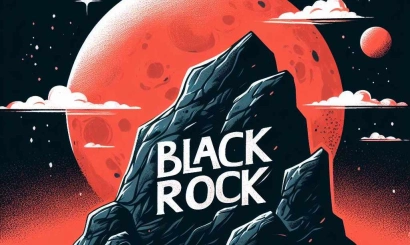
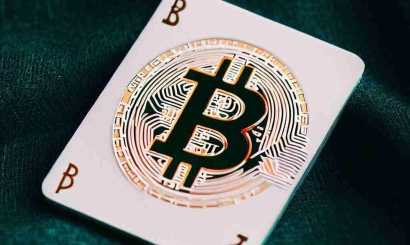
_410x245_00e.webp)

